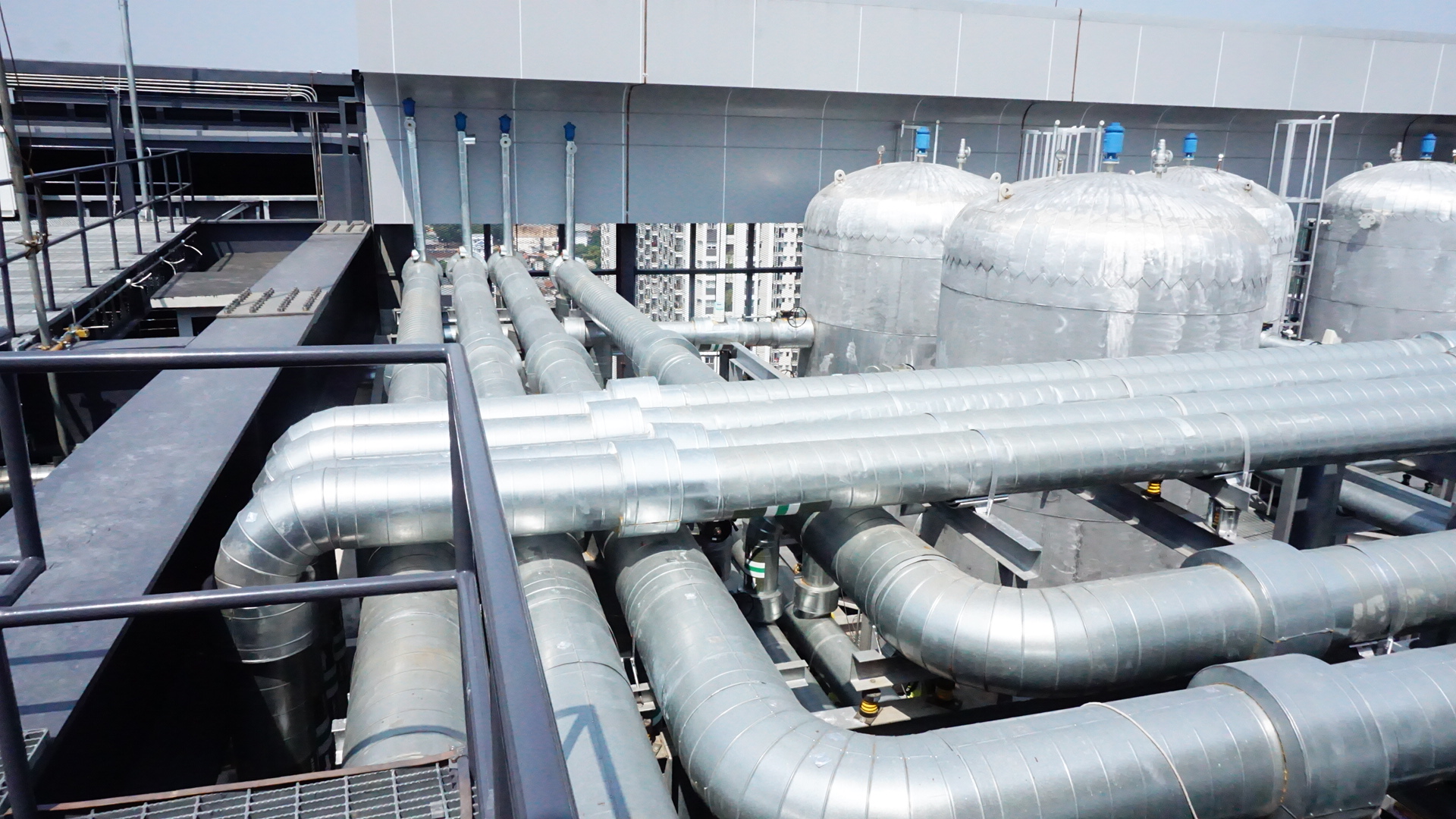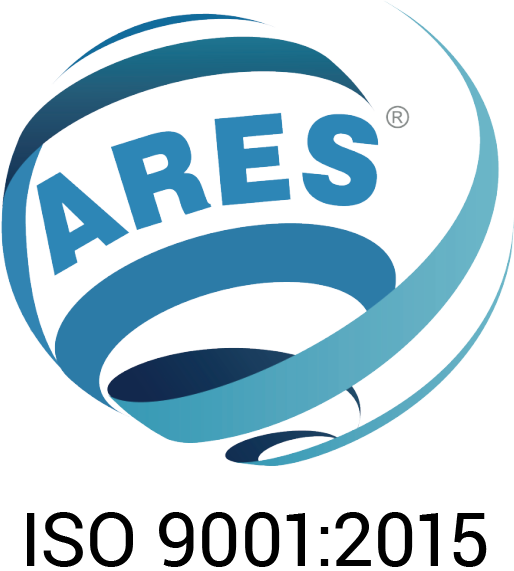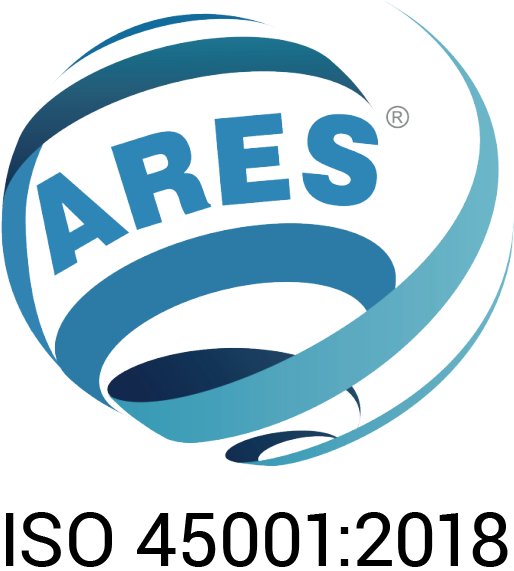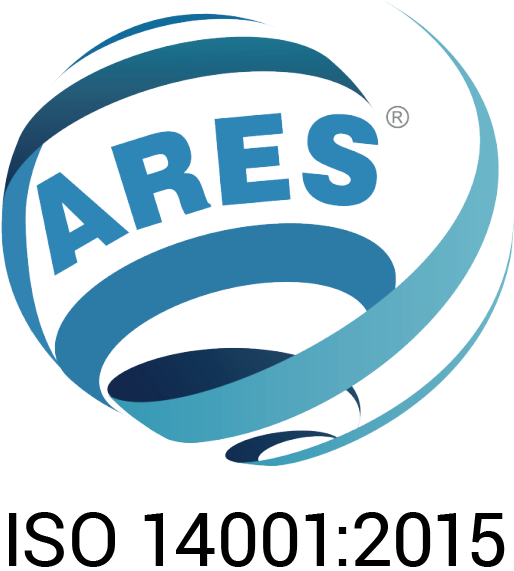
The Essential Role of Piping Systems in MEP Engineering
In the field of building construction, the piping system is one of the most essential components within MEP engineering—an integrated discipline that covers mechanical, electrical, and plumbing systems. Though often hidden behind walls and ceilings, piping plays a vital role in ensuring a building operates efficiently and safely. It carries clean water to various fixtures, removes wastewater, distributes gas for heating or cooking, and supports HVAC systems by transporting chilled or heated water and refrigerants. Without a properly designed and installed piping network, the everyday functions of a building would be disrupted, affecting comfort, hygiene, and energy performance.
Piping materials are selected based on the type of fluid being transported, pressure levels, temperature ranges, and overall system design. For example, copper pipes are favored for potable water systems due to their durability and natural resistance to corrosion. On the other hand, PVC and CPVC are commonly used for drainage and cold-water lines because they are lightweight, cost-effective, and easy to install. In recent years, PEX piping has become popular, especially in residential construction, thanks to its flexibility and resistance to freezing. Stainless steel and other alloys are reserved for more specialized applications, such as chemical transport or use in high-temperature environments. Another increasingly preferred material is HDPE (High-Density Polyethylene), known for its durability, flexibility, and chemical resistance. HDPE pipes are especially suitable for underground water and gas lines, as well as systems requiring high corrosion resistance and long service life.The choice of material must also account for compatibility with other MEP systems, such as HVAC units, pumps, and water heaters, as well as the ease of maintenance and potential for future expansion.
These materials must be chosen carefully during the design phase to ensure long-term performance, safety, and compliance with local codes and standards. In addition to material selection, the layout and integration of piping systems require close coordination with other MEP elements. Poor planning can lead to conflicts with structural beams, electrical conduits, or air ducts, which may cause delays or redesigns during construction. Engineers must also account for pressure drops, thermal expansion, and maintenance accessibility when designing the system. When executed correctly, a well-integrated piping network enhances the building’s efficiency and reliability while supporting its overall sustainability goals. In short, the piping system is more than just a utility—it is a critical infrastructure that supports the entire operation of a modern building.





